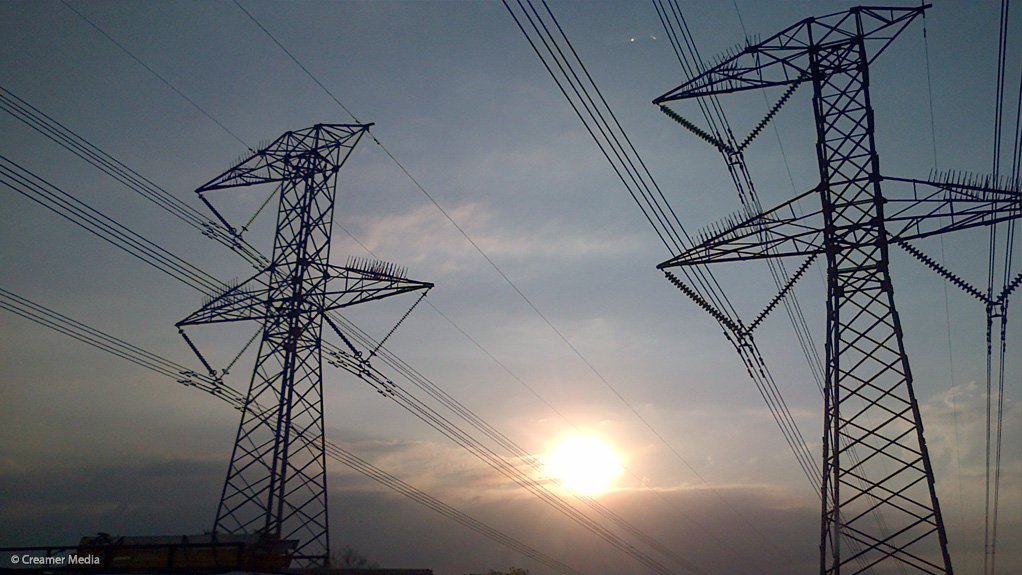A draft environmental impact report (EIR) for the proposed construction of two loop-in- loop-out 400 kV power lines to connect the recently approved KiPower independent power producer (IPP) power plant to the Eskom grid was released on Friday for public comment by engineering and environmental consulting firm Jones & Wagener.
The proposed 400 kV power lines would be constructed between the KiPower IPP power plant, south-east of Delmas, and a connection point on the Matla-Glockner 400 kV power line, about 12 km south-east of the N17 national road.
Prior to the undertaking of the environmental impact assessment (EIA), Jones & Wagener had developed 12 power line corridor alternatives, and the scoping and EIR process, the first phase of the EIA process, was currently being undertaken to ensure that all environmental, social and cultural impacts of each corridor option were identified to ensure that stakeholders had the opportunity to raise issues and concerns.
This was necessary to obtain final environmental authorisation from the Department of Environmental Affairs (DEA).
Several specialist studies were also conducted as part of the scoping and EIR, the findings of which were integrated into the draft EIR, which would be available for public comment until June 14.
In the EIR, Jones & Wagener noted that the proposed project was expected to impact on a range of biophysical and socioeconomic aspects of the environment, which would be evaluated in terms of their significance in the next phase of the EIA.
Some of these issues included the potential environmental impact of the project on the visual environment, the area’s flora and fauna, as well as the land and soil. The draft EIR also identified issues with the drainage features in the area post construction, the environmental impact of the temporary construction camp and vehicle maintenance, and the impact of heavy-vehicle traffic during the construction phase on the area’s socioeconomic environment.
Suggestions of how these issues could be minimised or mitigated would be formulated in the next phase of the EIA process, the impact assessment phase.
The EIR further highlighted that a comprehensive environmental management programme (EMP) would be developed and implemented to regulate and minimise the potential impacts during the construction and operational phases.
As an appendix to the draft EIR, the draft EMP was also made available for public review and comment.
PROJECT HISTORY
KiPower, a subsidiary of coal miner Kuyasa Mining, which also owned Delmas coal mine and Ikhwezi colliery, in Mpumalanga, was last year granted permission by the DEA to construct the 600 MW KiPower coal-fired IPP plant, near Delmas.
The $1.7-billion facility, which would be built within 5 km of the existing Delmas coal mine, from which it would source coal, would feed into the national grid. It could potentially be expanded to produce up to 2 000 MW in the long term.
KiPower expected construction on the power plant to begin this year, with the first of the plant’s three units to be operational by 2018.
Once the proposed 400 kV power lines were constructed to connect the KiPower IPP to the grid, the project would be operational for 30 years.
Edited by: Creamer Media Reporter
EMAIL THIS ARTICLE SAVE THIS ARTICLE
To subscribe email subscriptions@creamermedia.co.za or click here
To advertise email advertising@creamermedia.co.za or click here













